

Articles
How To Store Tomatoes After Cutting
Modified: August 23, 2024
Learn the best techniques for storing tomatoes after cutting in this informative article. Preserve the freshness and flavor of your tomatoes with our helpful tips and tricks.
(Many of the links in this article redirect to a specific reviewed product. Your purchase of these products through affiliate links helps to generate commission for Storables.com, at no extra cost. Learn more)
Introduction
Welcome to our guide on how to store tomatoes after cutting! Tomatoes are a versatile and delicious ingredient that can be used in countless recipes. However, once you have sliced or diced a tomato, you may wonder how to properly store the remaining pieces to maintain their freshness and flavor.
Properly storing cut tomatoes is essential to prevent spoilage and ensure their longevity. In this article, we will explore the importance of storing tomatoes after cutting and provide you with tips on how to do it effectively.
When a tomato is cut, its flesh is exposed to air, which can accelerate the ripening process and lead to bacterial growth. Therefore, it is crucial to store cut tomatoes correctly to preserve their taste, texture, and nutritional value.
By following the storage methods outlined in this article, you can extend the lifespan of your cut tomatoes and enjoy their freshness in various dishes for longer periods.
So let’s dive in and explore the different options for storing cut tomatoes!
Key Takeaways:
- Properly storing cut tomatoes is crucial for preserving their freshness, flavor, and nutritional value. Whether refrigerating, freezing, or storing at room temperature, following the right techniques will maximize their shelf life and reduce food waste.
- Taking precautions such as handling tomatoes with clean hands, selecting fresh produce, and checking for spoilage signs regularly ensures that stored cut tomatoes remain safe to consume and maintain their quality. By following these tips, you can confidently enjoy the vibrant flavor of cut tomatoes in various culinary creations!
Read more: How To Store Tomato Sauce After Opening
Why is it important to store tomatoes after cutting?
After cutting a tomato, it is essential to store the remaining pieces properly. Here are a few reasons why this is important:
- Preserving freshness: When a tomato is cut, its cells are damaged, exposing the interior flesh to air. This exposure can lead to the rapid deterioration of the tomato, causing it to become soft, mushy, and unappetizing. Storing cut tomatoes helps slow down the ripening process and preserves their freshness.
- Preventing spoilage: Tomatoes are a delicate fruit with high water content. When cut, they become more susceptible to microbial growth, which can lead to molds, rot, and an unpleasant odor. Proper storage prevents bacteria from multiplying and extends the shelf life of cut tomatoes.
- Minimizing waste: By storing cut tomatoes correctly, you can minimize food waste. Instead of discarding unused portions, you can preserve them for future use in salads, sandwiches, sauces, and more. This not only saves money but also reduces the environmental impact of food waste.
- Maintaining flavor and texture: Tomatoes are prized for their vibrant color, juiciness, and distinct taste. Storing cut tomatoes properly helps maintain these qualities. It ensures that the tomatoes remain firm with a rich flavor, allowing you to enjoy their natural goodness even after they have been cut.
Overall, storing tomatoes after cutting is crucial for maintaining their quality, preventing spoilage, and reducing waste. By following the right storage methods, you can savor the freshness and flavors of tomatoes for longer periods, enhancing your culinary experience.
Tips for storing tomatoes after cutting
When it comes to storing tomatoes after cutting, here are some helpful tips to keep in mind:
- Use ripe tomatoes: It is best to choose ripe tomatoes for cutting and storing. Ripe tomatoes are at their peak flavor and will hold up better during storage.
- Store in an airtight container: Transfer the cut tomatoes to an airtight container to prevent exposure to air and moisture. This will help slow down spoilage and maintain freshness.
- Place in the refrigerator: If you plan to use the cut tomatoes within a few days, storing them in the refrigerator is a good option. The cooler temperature will help slow down the ripening process and maintain their texture.
- Store at room temperature for immediate use: If you intend to use the cut tomatoes within a day or two, it is safe to leave them at room temperature. However, keep them away from direct sunlight and heat sources.
- Separate different tomato varieties: If you have cut different types of tomatoes, store them separately. Various types of tomatoes have different ripening rates and may affect the other varieties if stored together.
- Wrap the cut side: If you have half of a tomato left, cover the cut side with plastic wrap or place it face down in a shallow dish to preserve its moisture and prevent it from drying out.
- Label and date: It’s always a good idea to label the container or bag with the date when the tomatoes were cut. This helps you keep track of their freshness and ensures you use them before they spoil.
- Avoid stacking: When storing cut tomatoes in a container, try not to stack them on top of each other. This can lead to squishing and accelerate spoilage.
- Inspect before use: Before using the stored cut tomatoes, always give them a quick visual inspection. Discard any pieces that show signs of mold, rot, or an off-putting odor.
- Use within a few days: Cut tomatoes are perishable, so it’s best to use them within 3 to 4 days for optimal freshness and flavor.
By following these tips, you can effectively store cut tomatoes and extend their shelf life while preserving their taste and texture. Experiment with different storage methods to find the one that works best for your needs.
Option 1: Storing cut tomatoes in the refrigerator
One of the most common methods to store cut tomatoes is by placing them in the refrigerator. Here’s how to do it:
- Cut the tomatoes: Start by slicing or dicing the tomatoes as desired.
- Transfer to an airtight container: Place the cut tomatoes in an airtight container. You can use a plastic container with a lid or even a resealable plastic bag.
- Seal the container: Ensure that the container or bag is properly sealed to prevent air from entering. This will help slow down the ripening process and maintain the quality of the tomatoes.
- Store in the refrigerator: Put the sealed container or bag in the refrigerator. Place it in a part of the fridge with a consistent temperature, such as the middle shelf.
- Use within a few days: It is recommended to use the stored cut tomatoes within 3 to 4 days for the best quality and flavor. Beyond that, they may start to lose their freshness.
Storing cut tomatoes in the refrigerator helps extend their shelf life by slowing down the ripening process. However, keep in mind that refrigeration can affect the texture of tomatoes, making them softer and potentially altering the flavor slightly. If you prefer firmer tomatoes, consider using them within a day or two of cutting.
Remember to inspect the stored tomatoes before using them. If you notice any signs of mold, rot, or an unpleasant odor, it’s best to discard them to avoid any risk of foodborne illness.
Storing cut tomatoes in the refrigerator is a convenient option if you plan to use them within a few days. It allows you to have fresh, ready-to-use tomatoes readily available for salads, sandwiches, sauces, and more.
Option 2: Storing cut tomatoes at room temperature
While refrigeration is a popular option, another method for storing cut tomatoes is at room temperature. Here’s how you can do it:
- Cut the tomatoes: Begin by slicing or dicing the tomatoes to your desired shape and size.
- Place them in a shallow dish: Arrange the cut tomatoes in a single layer in a shallow dish or on a plate.
- Cover the dish: Cover the dish with a clean kitchen towel or plastic wrap. This will protect the tomatoes from dirt, dust, and fruit flies.
- Store away from direct sunlight: Find a cool, dry spot in your kitchen away from direct sunlight and heat sources. Excessive heat can cause the cut tomatoes to spoil faster.
- Use within a day or two: It is recommended to use the cut tomatoes within 24 to 48 hours to maintain their freshness and flavor.
Storing cut tomatoes at room temperature allows them to ripen naturally and can enhance their flavor. However, keep in mind that they may spoil faster compared to refrigerated tomatoes. Therefore, it’s important to use them within a day or two.
Be sure to inspect the stored tomatoes before using them. If you notice any signs of mold, excessive softness, or an unpleasant odor, discard them to prevent any potential foodborne illness.
This storage method is ideal if you plan to use the tomatoes for immediate consumption, such as in salads, bruschetta, or other recipes that require fresh tomatoes. However, if you have leftover cut tomatoes that you want to save for a longer time, refrigeration or freezing (option 3) is a better choice.
Remember, the duration of storage at room temperature will depend on various factors, including the ripeness of the tomatoes and the ambient temperature of your kitchen. Always use your judgment and consider the visual and olfactory cues of the tomatoes to determine their freshness.
Store cut tomatoes in an airtight container in the refrigerator. To maintain freshness, place a paper towel in the container to absorb excess moisture. Use within 2-3 days for best quality.
Read more: How To Store Zucchini After Cutting
Option 3: Freezing cut tomatoes for long-term storage
If you have a surplus of cut tomatoes and want to extend their storage life, freezing them is an excellent option. Freezing not only preserves the freshness of the tomatoes but also allows you to enjoy them in recipes even months later. Here’s how you can freeze cut tomatoes:
- Cut and prepare the tomatoes: Start by washing the tomatoes thoroughly and removing any stems or blemishes. Slice or dice the tomatoes according to your preference.
- Blanch the tomatoes (optional): Blanching the tomatoes can help retain their color, texture, and nutritional value. Bring a pot of water to a boil and prepare a bowl of ice water. Dip the cut tomatoes into the boiling water for 30 seconds, then transfer them immediately to the ice water to cool. Once cooled, remove the peels if desired and drain the excess water.
- Arrange on a baking sheet: Place the cut tomatoes in a single layer on a baking sheet lined with parchment paper or a silicone mat. Make sure the pieces are not touching each other.
- Flash-freeze: Put the baking sheet with the cut tomatoes into the freezer and let them freeze for a few hours, or until solid. Flash-freezing prevents the tomatoes from sticking together and allows for easy portioning later on.
- Transfer to freezer-safe containers or bags: Once the tomatoes are frozen solid, transfer them to freezer-safe containers or resealable plastic bags. Squeeze out any excess air and seal tightly.
- Label and date: Remember to label each container or bag with the date and contents to keep track of their freshness.
- Store in the freezer: Place the containers or bags of frozen cut tomatoes in the freezer. They can be stored for up to 12 months.
- Thaw and use as needed: When you’re ready to use the frozen cut tomatoes, simply thaw them in the refrigerator overnight or defrost them in the microwave on a low setting. They are perfect for soups, sauces, stews, and other cooked dishes.
Freezing cut tomatoes allows you to preserve the flavor and nutrients of the fruit for an extended period. While the texture of the tomatoes may change slightly after thawing, they will still work well in recipes that call for cooked or blended tomatoes.
Keep in mind that freezing can cause the cells of the tomatoes to burst, resulting in a softer texture. For this reason, frozen cut tomatoes are best suited for dishes that involve cooking or pureeing rather than using them in salads or for fresh garnishes.
By following these steps, you can freeze your surplus of cut tomatoes and enjoy the taste of summer even during the colder months!
How to properly wrap and store cut tomatoes
Properly wrapping and storing cut tomatoes can help maintain their freshness and prevent spoilage. Here are some tips to ensure you store them correctly:
- Wrap cut tomatoes individually: For half or partial tomatoes, it’s best to wrap them individually to protect the exposed cut side.
- Use plastic wrap or airtight containers: Wrap the cut side of the tomatoes tightly with plastic wrap or place them in airtight containers to prevent air from reaching them. This helps slow down the ripening process and keeps them fresh.
- Consider using beeswax wraps or silicone food covers: Instead of using plastic wrap, you can opt for more sustainable options like beeswax wraps or silicone food covers to wrap the cut tomatoes.
- Seal the containers tightly: If you’re using containers to store the cut tomatoes, make sure they are properly sealed to prevent air and moisture from entering.
- Label and date: It’s helpful to label the wrapped tomatoes or containers with the date when they were cut. This way, you can keep track of their freshness and use them within a reasonable timeframe.
- Store in the refrigerator: If you plan to use the cut tomatoes within a few days, store them in the refrigerator to slow down the ripening process and maintain their freshness. Place them in the crisper drawer or a sealed container.
- Store at room temperature for immediate use: If you’re planning to use the cut tomatoes within a day or two, you can leave them at room temperature. Just make sure to store them in a cool, dry place away from direct sunlight and heat sources.
- Avoid stacking: When storing wrapped cut tomatoes, avoid stacking them to prevent squishing and potential bruising. Place them in a single layer in the refrigerator or on a shelf at room temperature.
- Inspect before use: Before using the stored cut tomatoes, give them a quick visual inspection. Discard any pieces that show signs of mold, excessive softness, or an unpleasant odor.
Remember that the storage duration for cut tomatoes will depend on various factors such as their ripeness, storage method, and the ambient temperature. Always use your judgment and rely on visual and olfactory cues to determine their freshness.
By following these wrapping and storage tips, you can extend the shelf life of cut tomatoes and ensure they retain their flavor and quality until you’re ready to use them.
Precautions to take when storing cut tomatoes
When it comes to storing cut tomatoes, there are a few precautions you should keep in mind to ensure their safety and maintain their quality. Here are some important precautions to consider:
- Handle tomatoes with clean hands and utensils: Prior to cutting and storing tomatoes, make sure your hands and utensils are clean. This helps prevent the transfer of bacteria and contaminants onto the tomatoes.
- Choose fresh and undamaged tomatoes: When selecting tomatoes for cutting and storage, choose ones that are fresh, firm, and free from any signs of mold, rot, or damage. Damaged tomatoes are more likely to spoil quickly.
- Store in appropriate quantities: Only cut and store the amount of tomatoes you anticipate using within a reasonable timeframe. This helps minimize waste and ensures that you’re always working with fresh produce.
- Keep storage areas clean: Whether you’re storing cut tomatoes in the refrigerator or at room temperature, make sure the storage area is clean and free from spills, debris, and other potential sources of contamination.
- Avoid storing near strong odors: Tomatoes have a tendency to absorb odors, so avoid storing them near strong-smelling foods or substances. This can prevent the transfer of unwanted flavors to the tomatoes.
- Check for spoilage signs: Regularly inspect the stored cut tomatoes for any signs of mold, excessive softness, discoloration, or an unpleasant odor. If any of these signs are present, discard the affected tomatoes to avoid any risk of foodborne illness.
- Use proper food storage containers: Whether using plastic containers, resealable bags, or alternative wraps, make sure they are food-grade and designed for storage. This ensures that no harmful chemicals leach into the tomatoes and maintains their quality.
- Follow recommended storage times: To ensure the best quality and taste, adhere to the recommended storage times for cut tomatoes. Whether it’s a few days in the refrigerator or a day or two at room temperature, using them within the recommended timeframe helps maintain their freshness.
By taking these precautions, you can ensure that your stored cut tomatoes remain safe to consume and maintain their quality. Remember, when in doubt, trust your senses. If a cut tomato looks or smells off, it’s best to err on the side of caution and discard it.
Lastly, it’s important to note that different varieties of tomatoes may have slightly different storage requirements, so familiarize yourself with the specific recommendations for the type of tomatoes you’re working with.
With these precautions in mind, you can confidently store cut tomatoes and enjoy their delicious flavor in various culinary creations!
Conclusion
Properly storing cut tomatoes is essential for preserving their freshness, flavor, and nutritional value. Whether you choose to store them in the refrigerator, at room temperature, or freeze them for long-term storage, following the right techniques will help you maximize their shelf life and reduce food waste.
Storing cut tomatoes in the refrigerator is a convenient option if you plan to use them within a few days. It helps slow down the ripening process and maintains their texture. On the other hand, storing cut tomatoes at room temperature is suitable for immediate use, typically within a day or two. This method allows the tomatoes to ripen naturally and enhances their flavor.
Freezing cut tomatoes is an excellent choice if you have an excess amount and want to enjoy their taste even months later. Properly blanching and flash-freezing them preserves their color, texture, and nutrients. This method is ideal for cooked or blended dishes.
When storing cut tomatoes, it is crucial to wrap them properly with plastic wrap, reusable wraps, or store them in airtight containers to prevent exposure to air and moisture. It’s also essential to take precautions such as handling the tomatoes with clean hands, selecting fresh and undamaged tomatoes, and checking for signs of spoilage regularly.
By following the tips and precautions outlined in this guide, you can extend the lifespan of cut tomatoes and enjoy their vibrant flavor and versatility in your culinary endeavors. Whether adding them to salads, sandwiches, sauces, or other dishes, properly stored cut tomatoes will elevate your meals and ensure a delightful dining experience.
So the next time you find yourself with leftover cut tomatoes, remember these storage methods and precautions to make the most of this versatile and delicious ingredient!
Frequently Asked Questions about How To Store Tomatoes After Cutting
Was this page helpful?
At Storables.com, we guarantee accurate and reliable information. Our content, validated by Expert Board Contributors, is crafted following stringent Editorial Policies. We're committed to providing you with well-researched, expert-backed insights for all your informational needs.
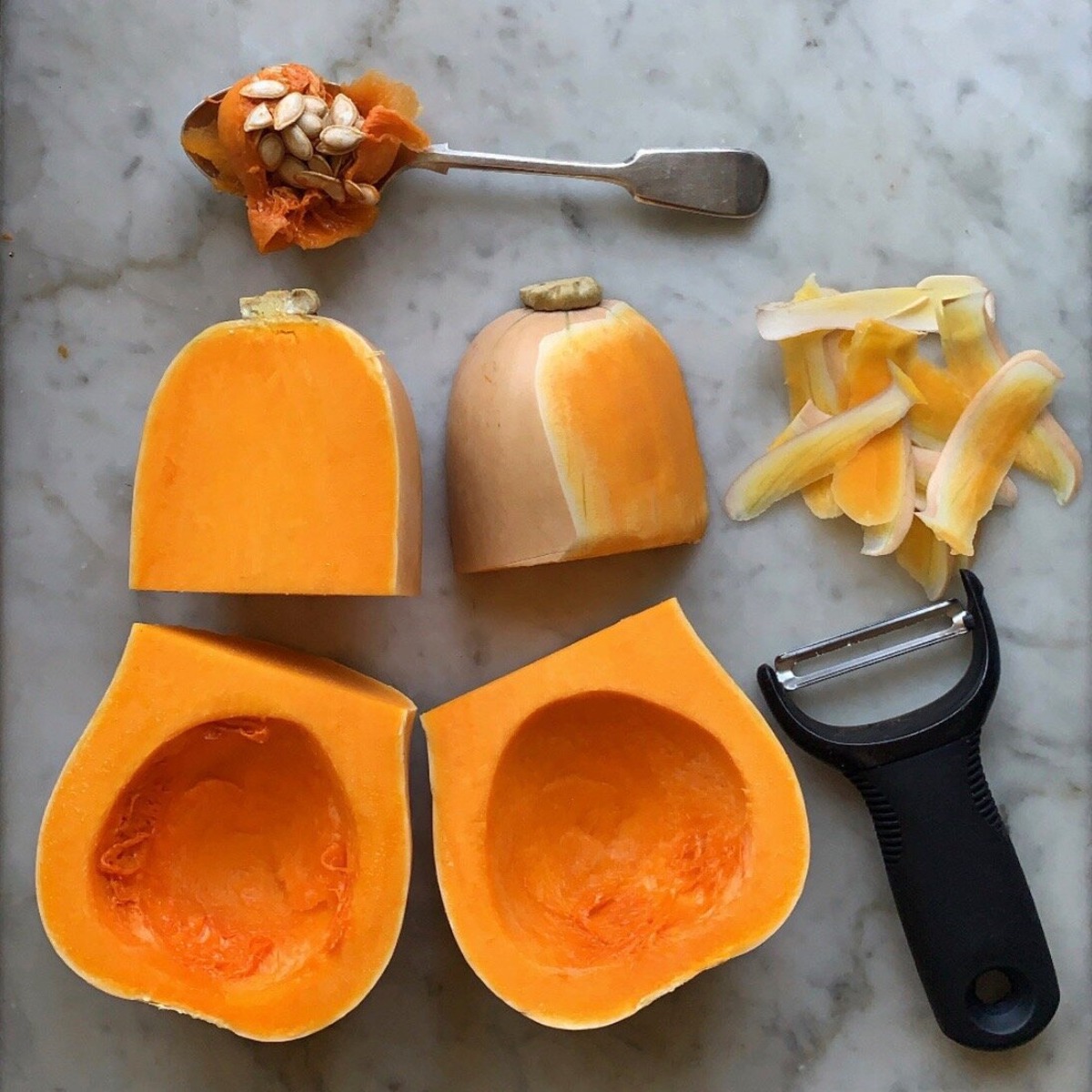
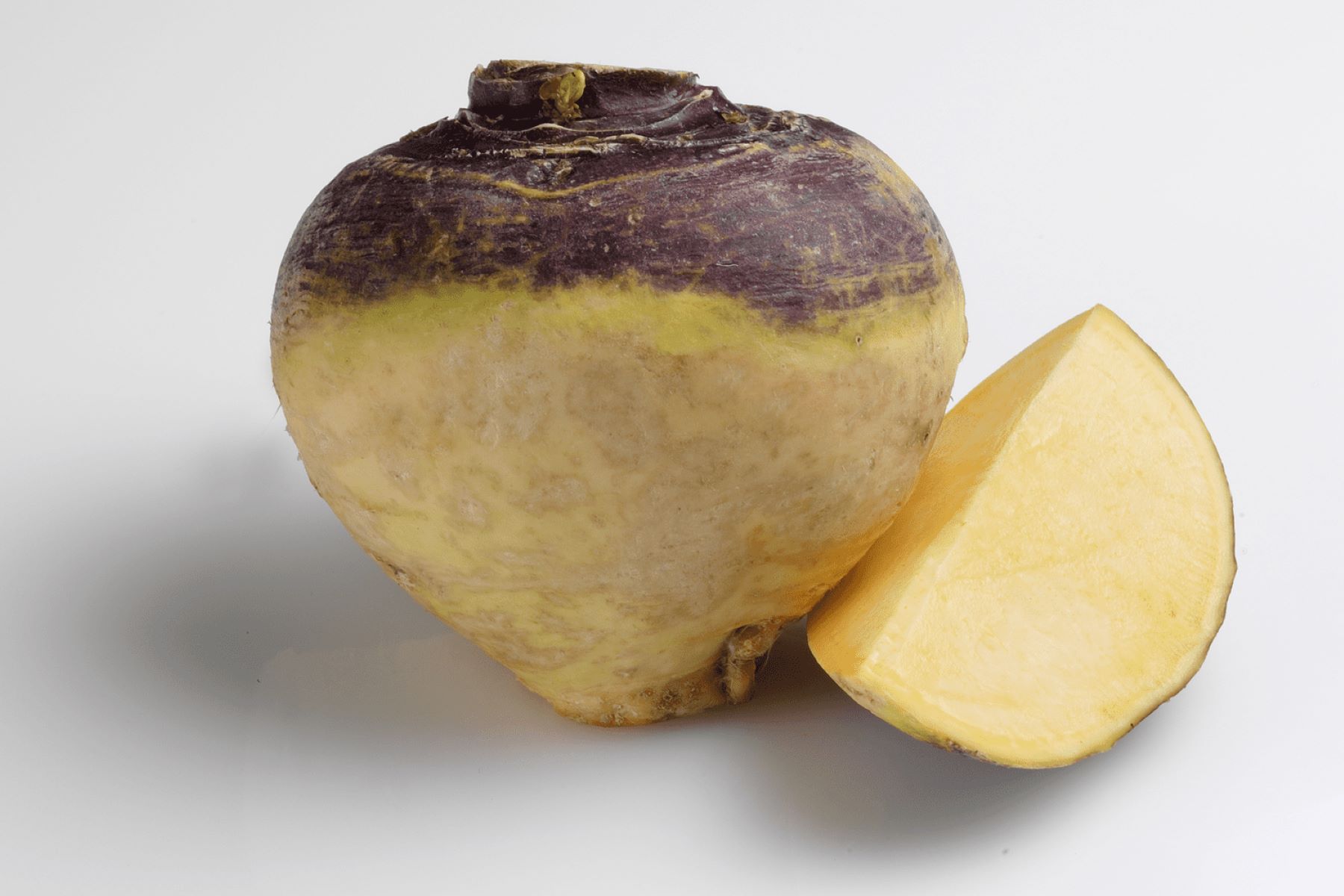
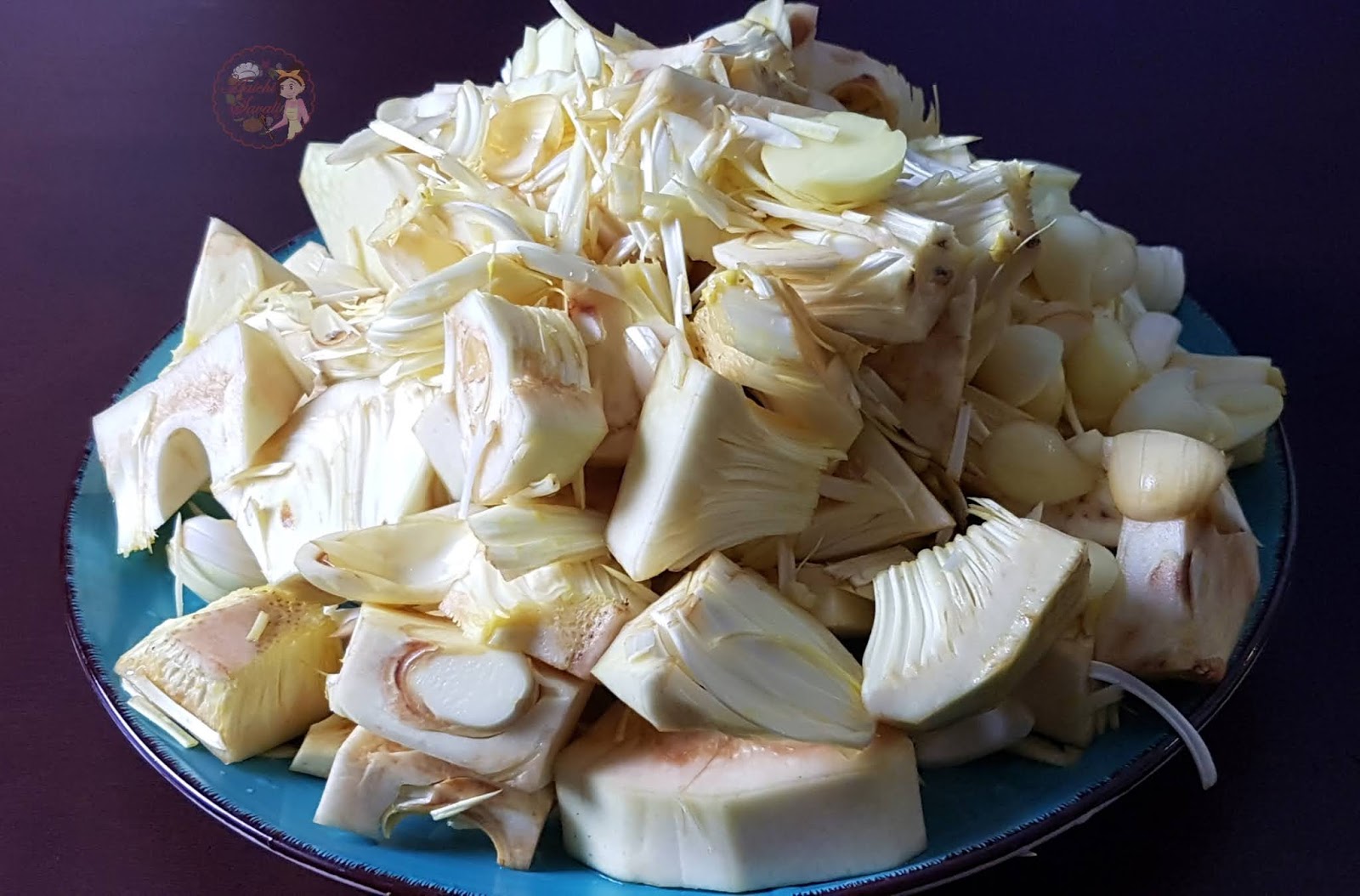
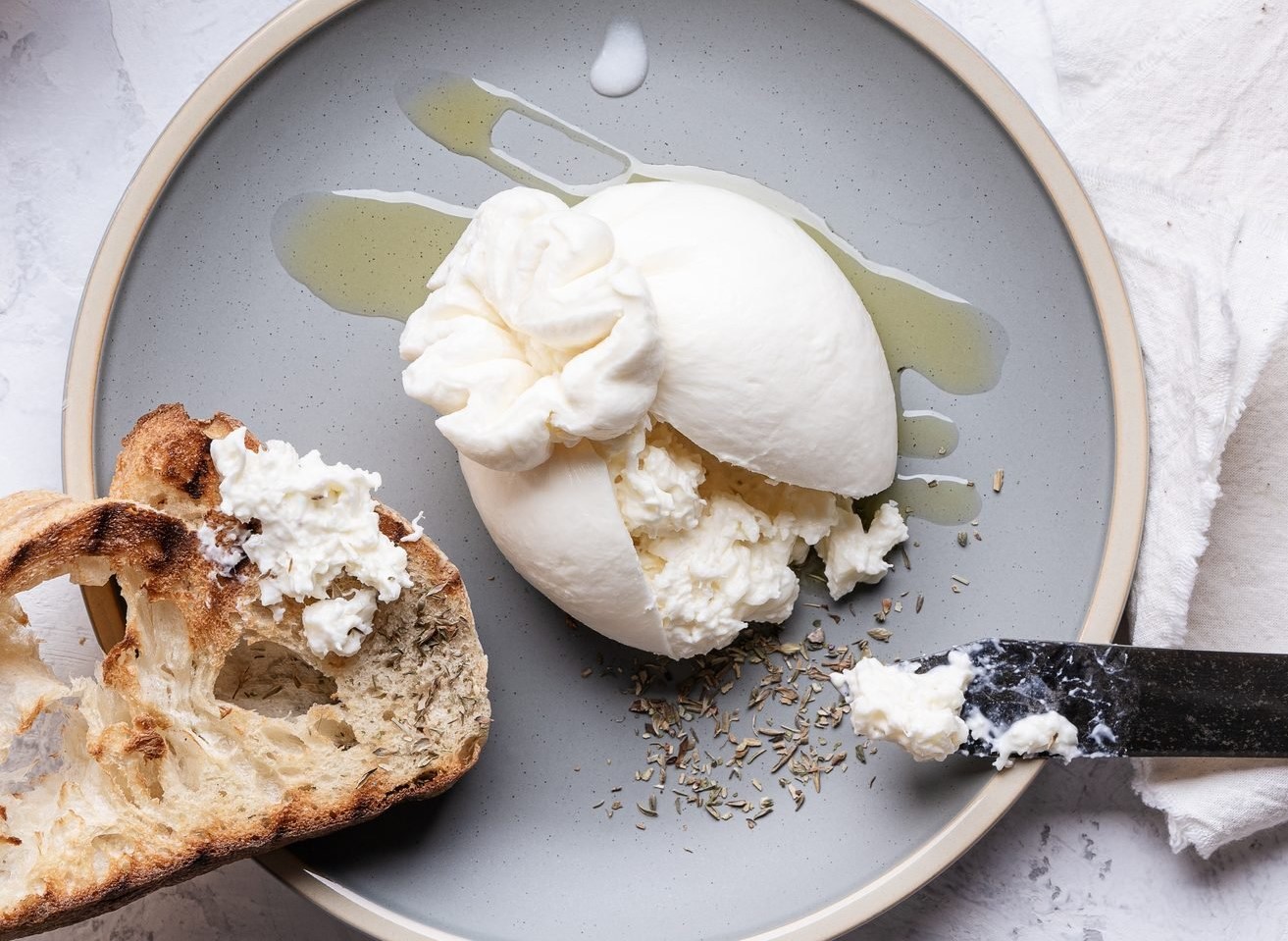

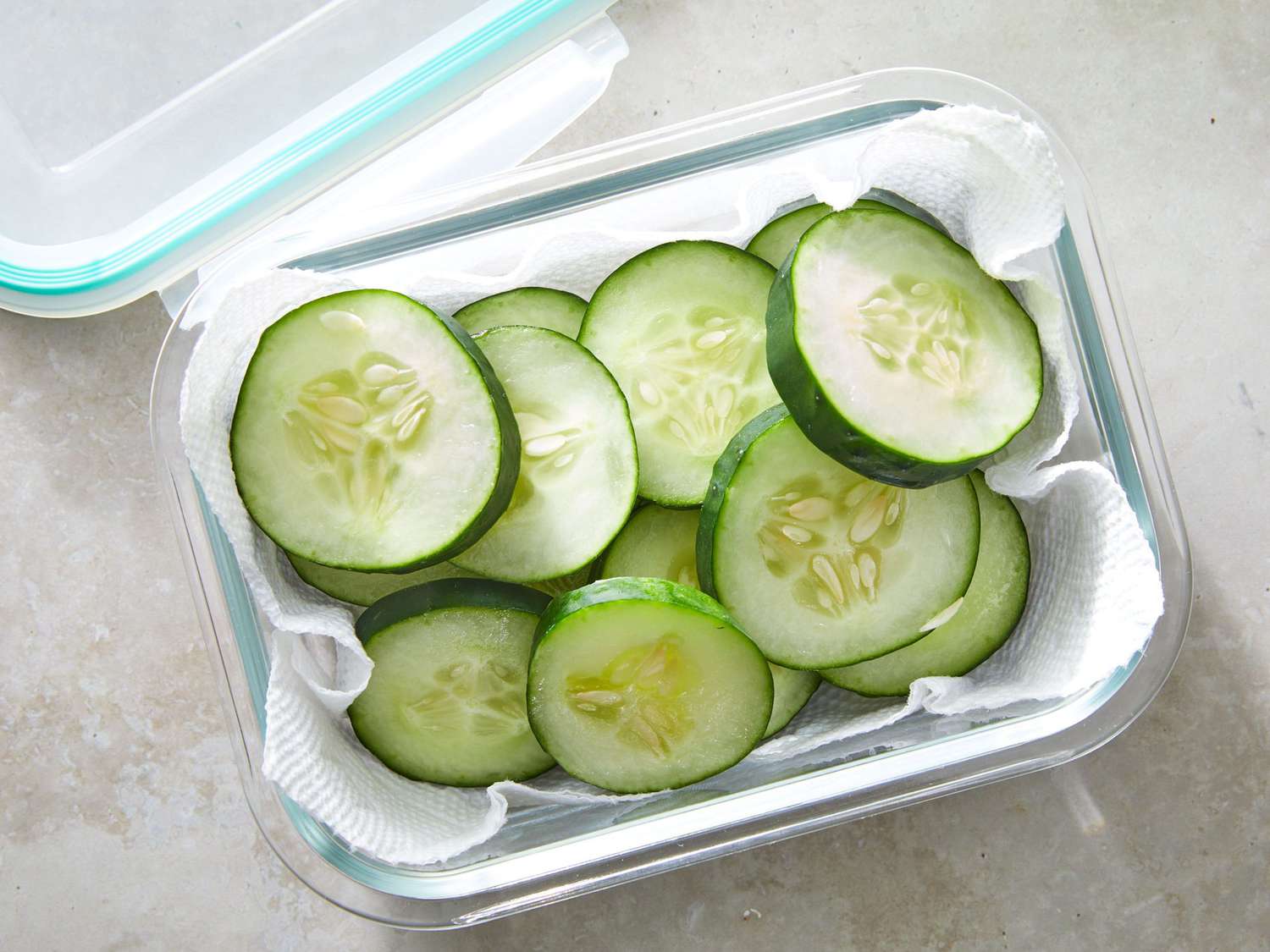
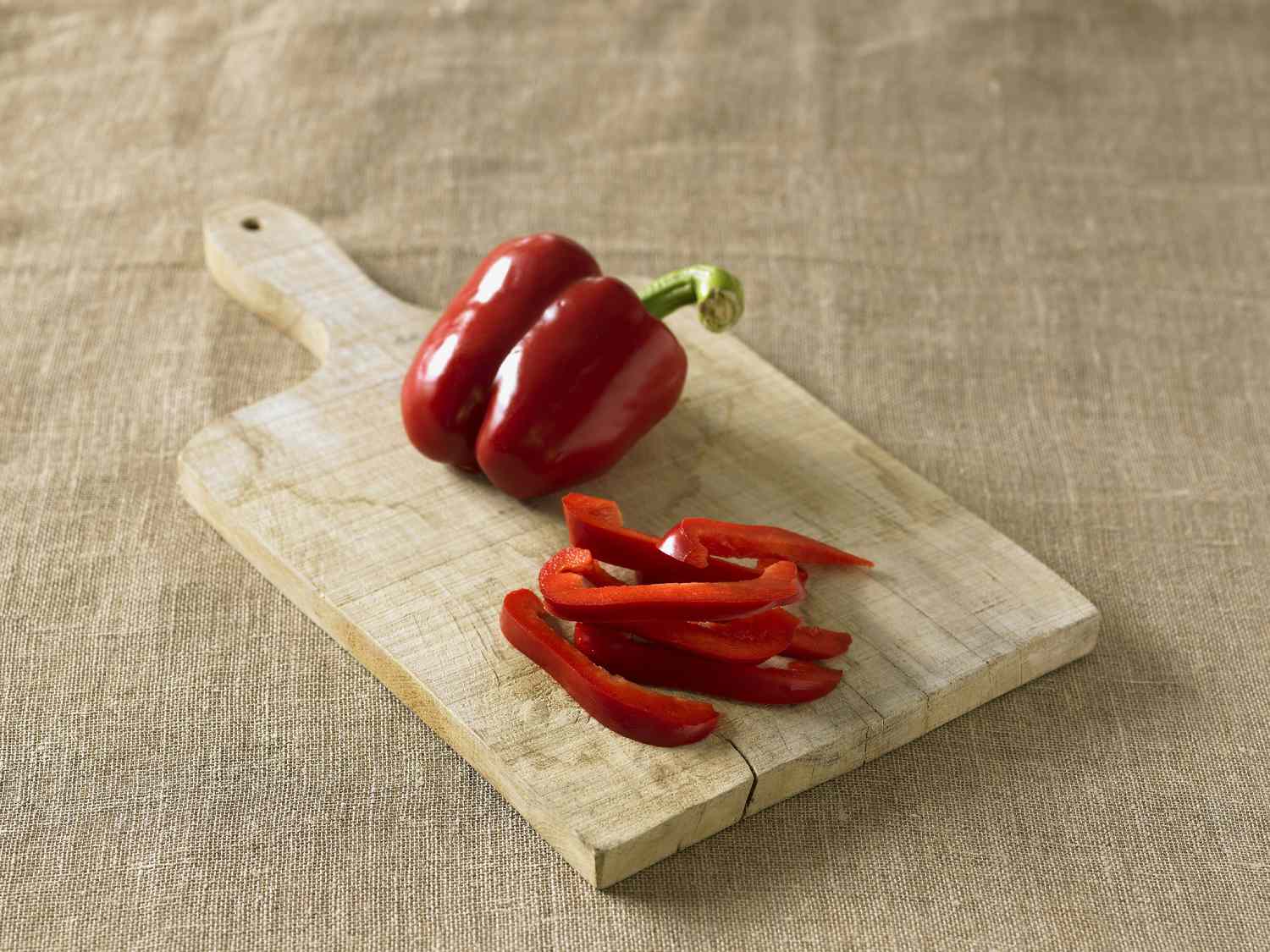
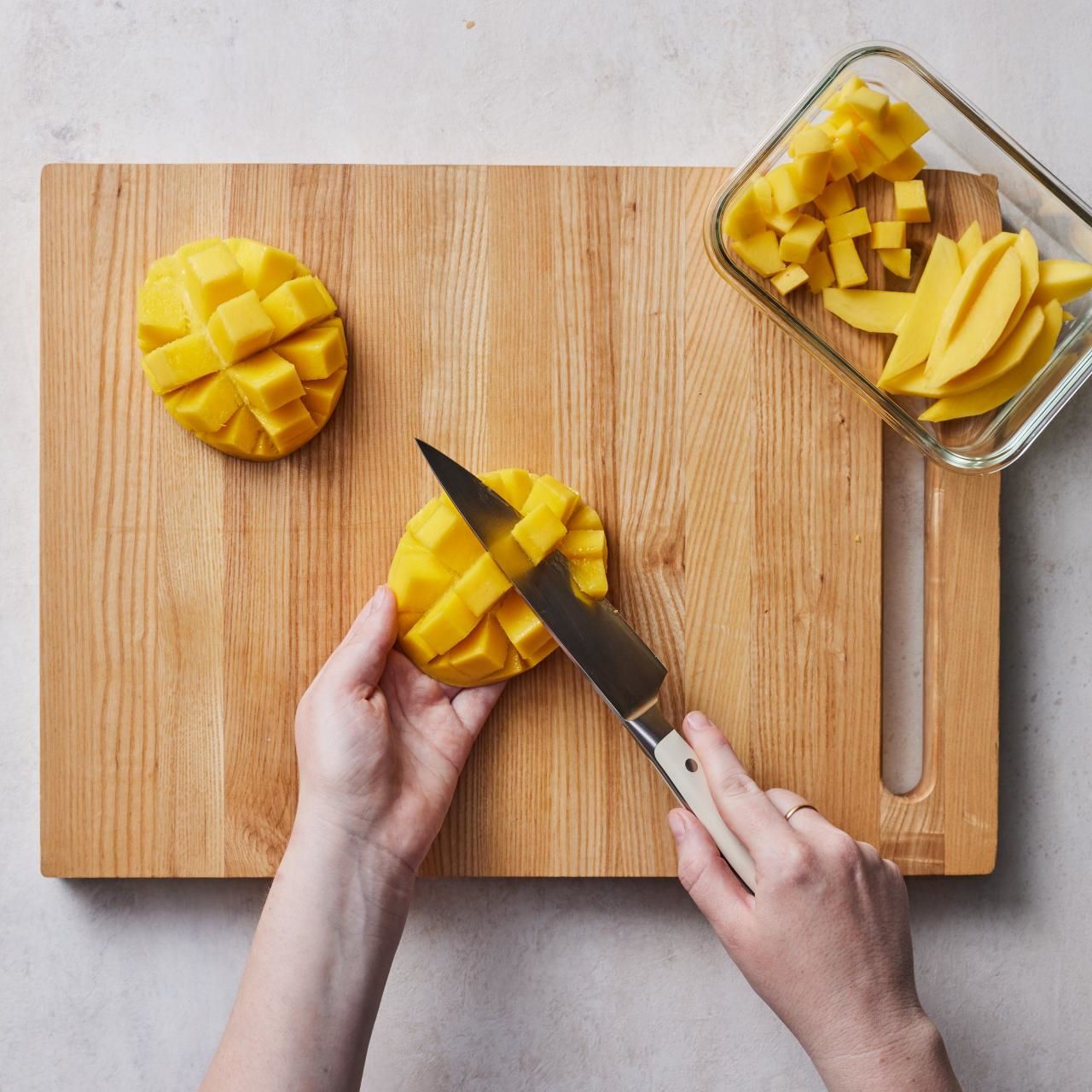
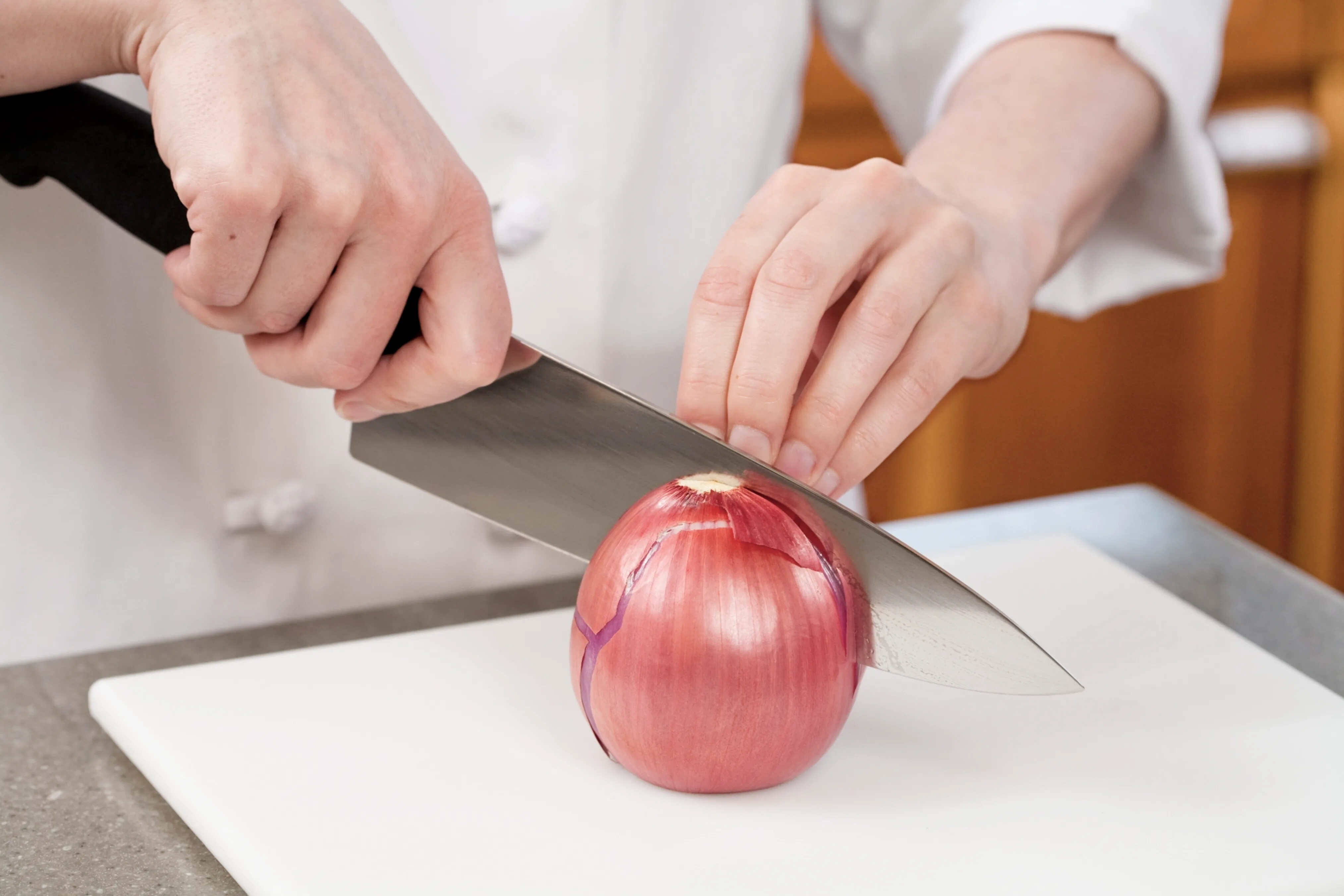
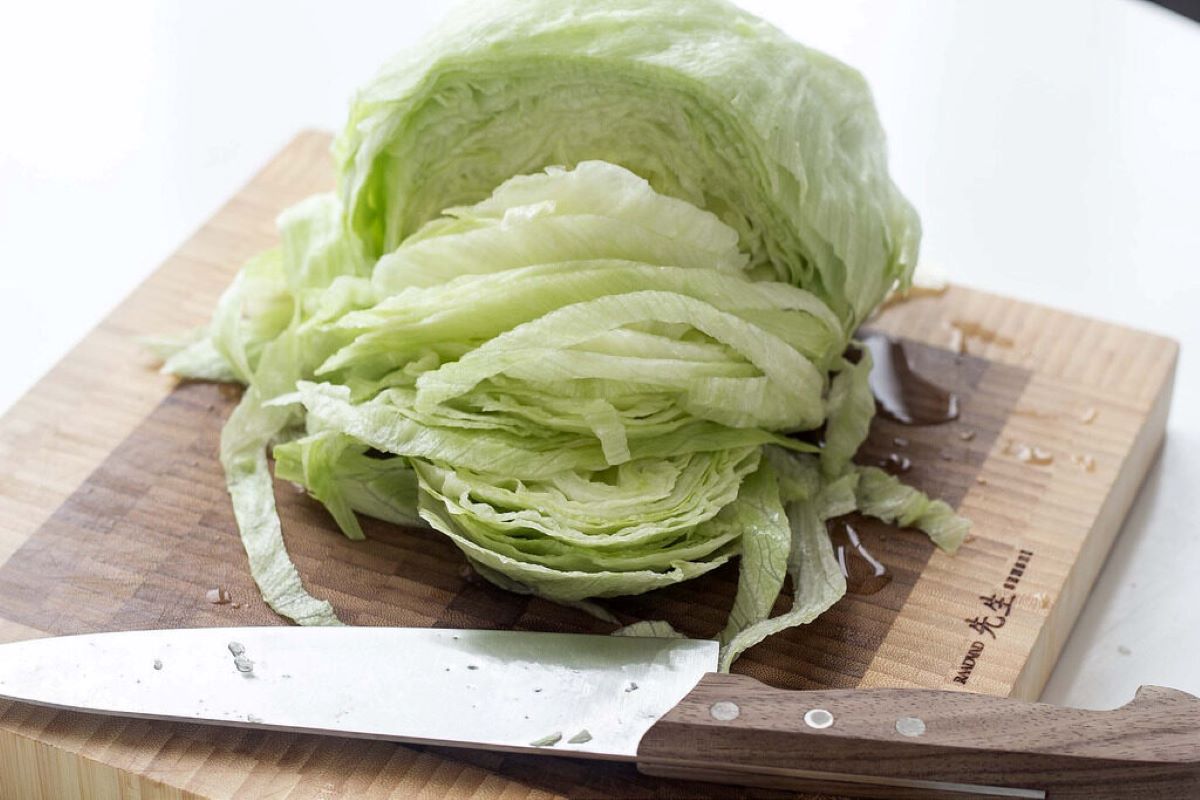
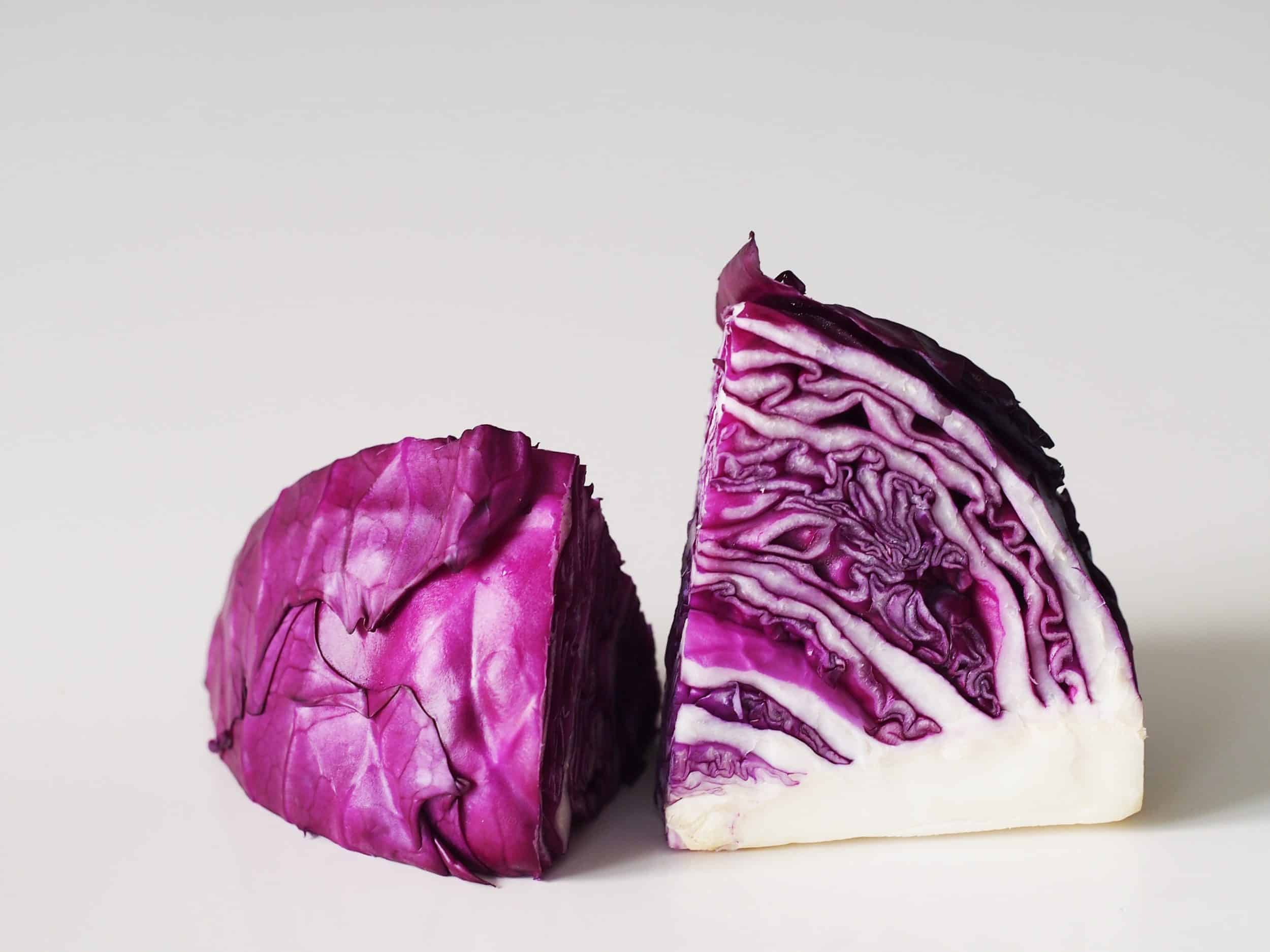
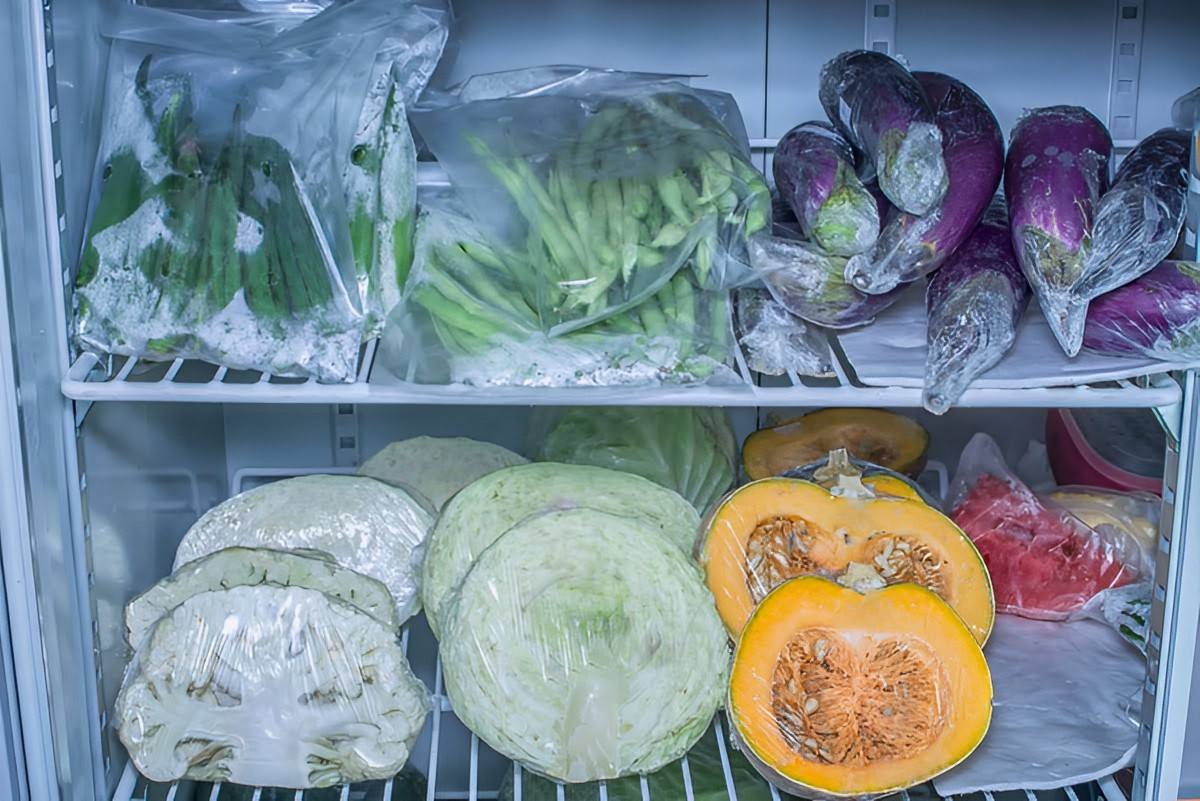
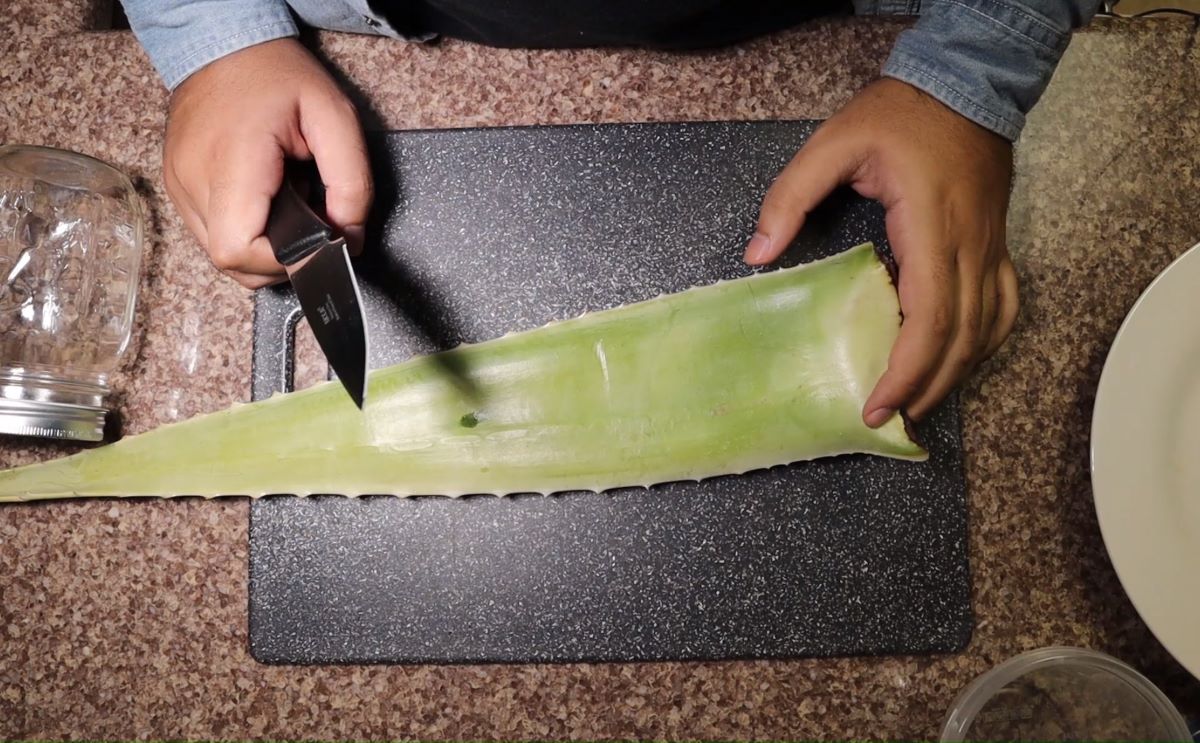
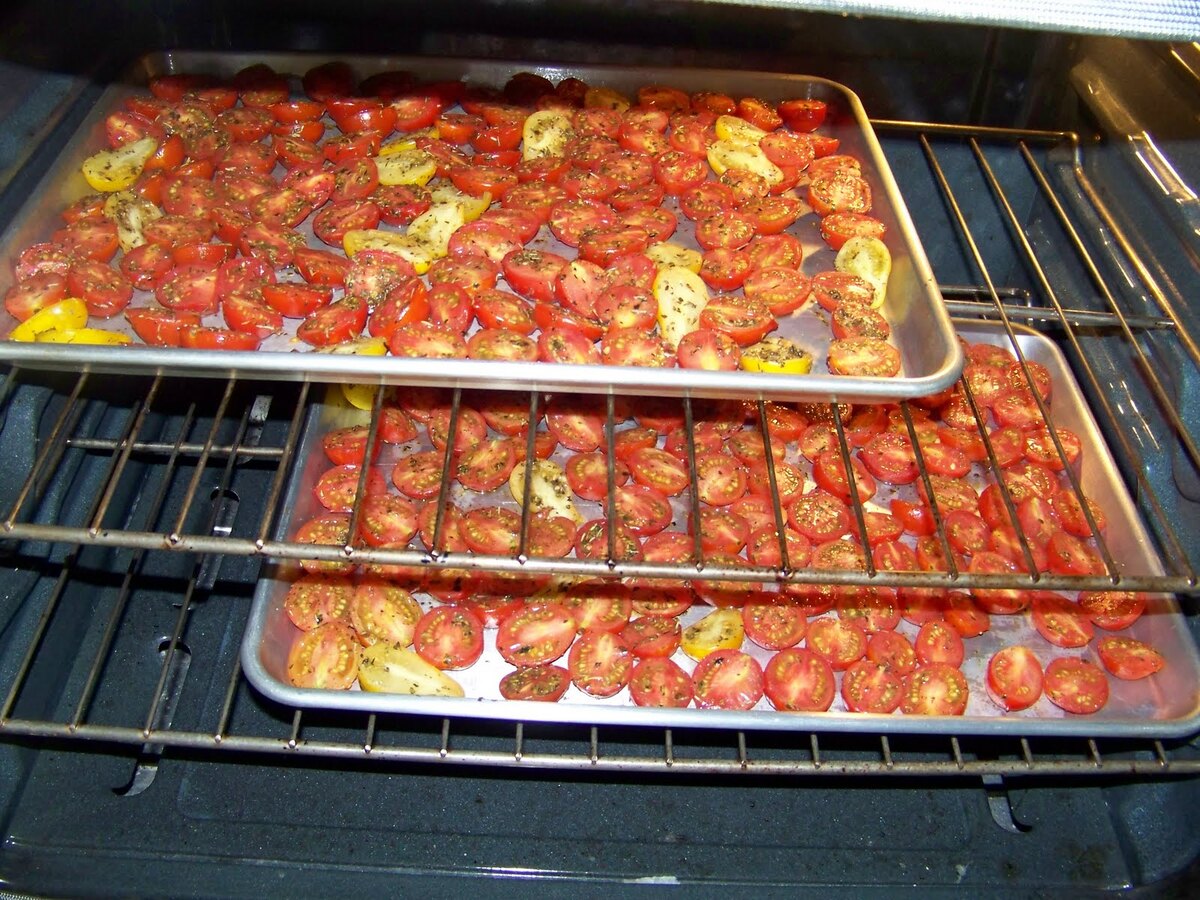

0 thoughts on “How To Store Tomatoes After Cutting”